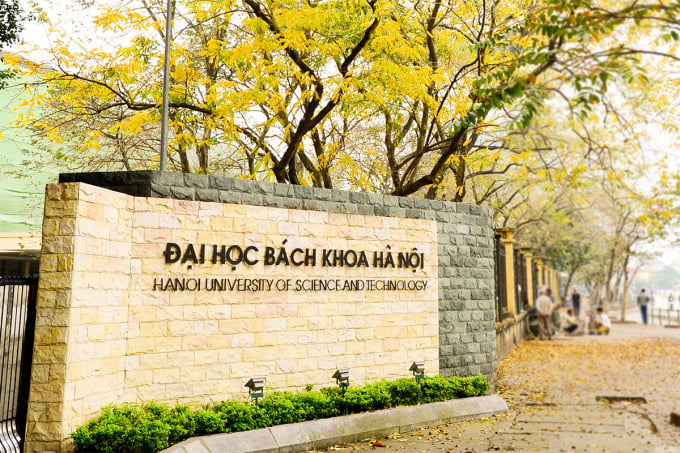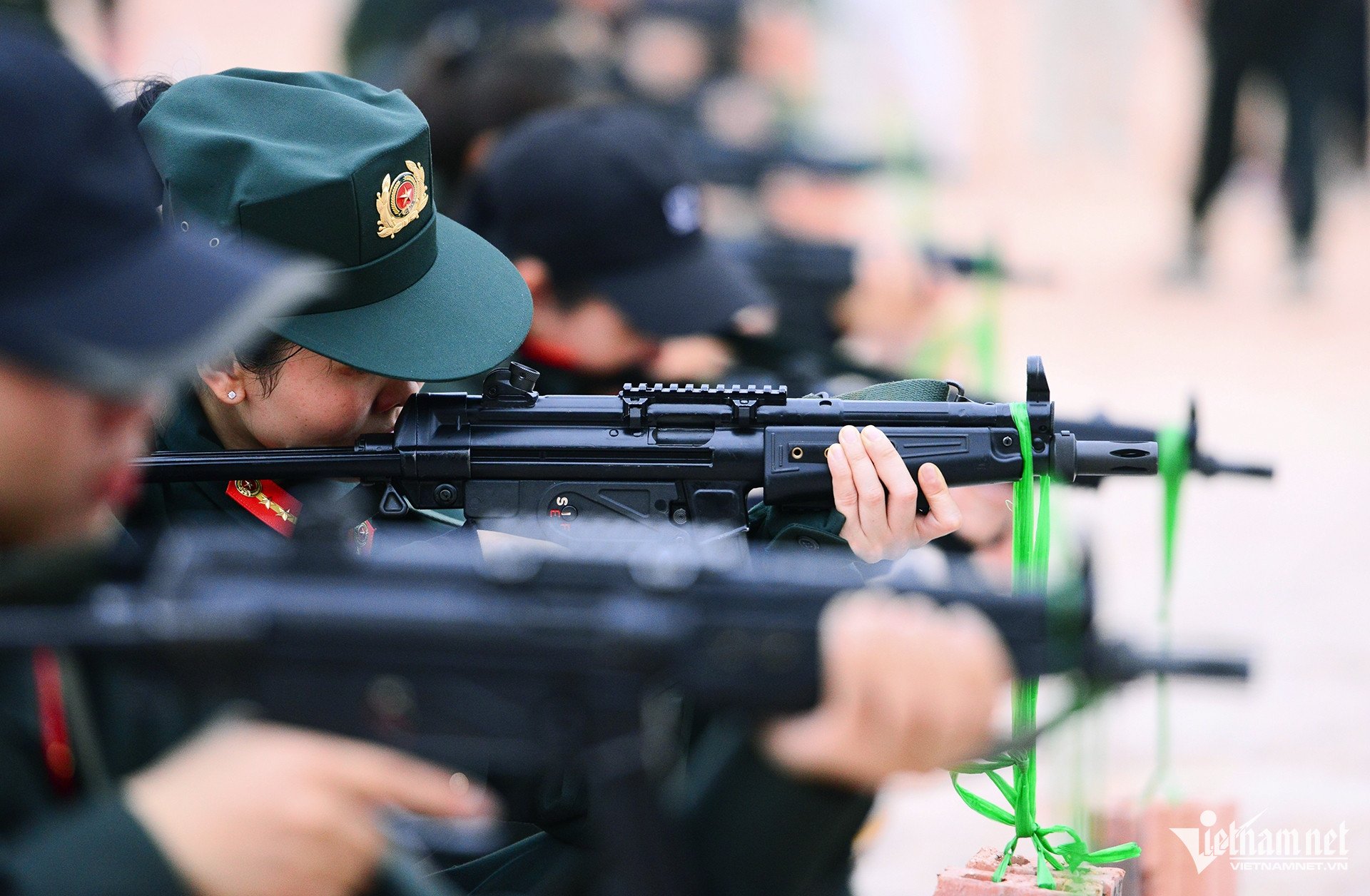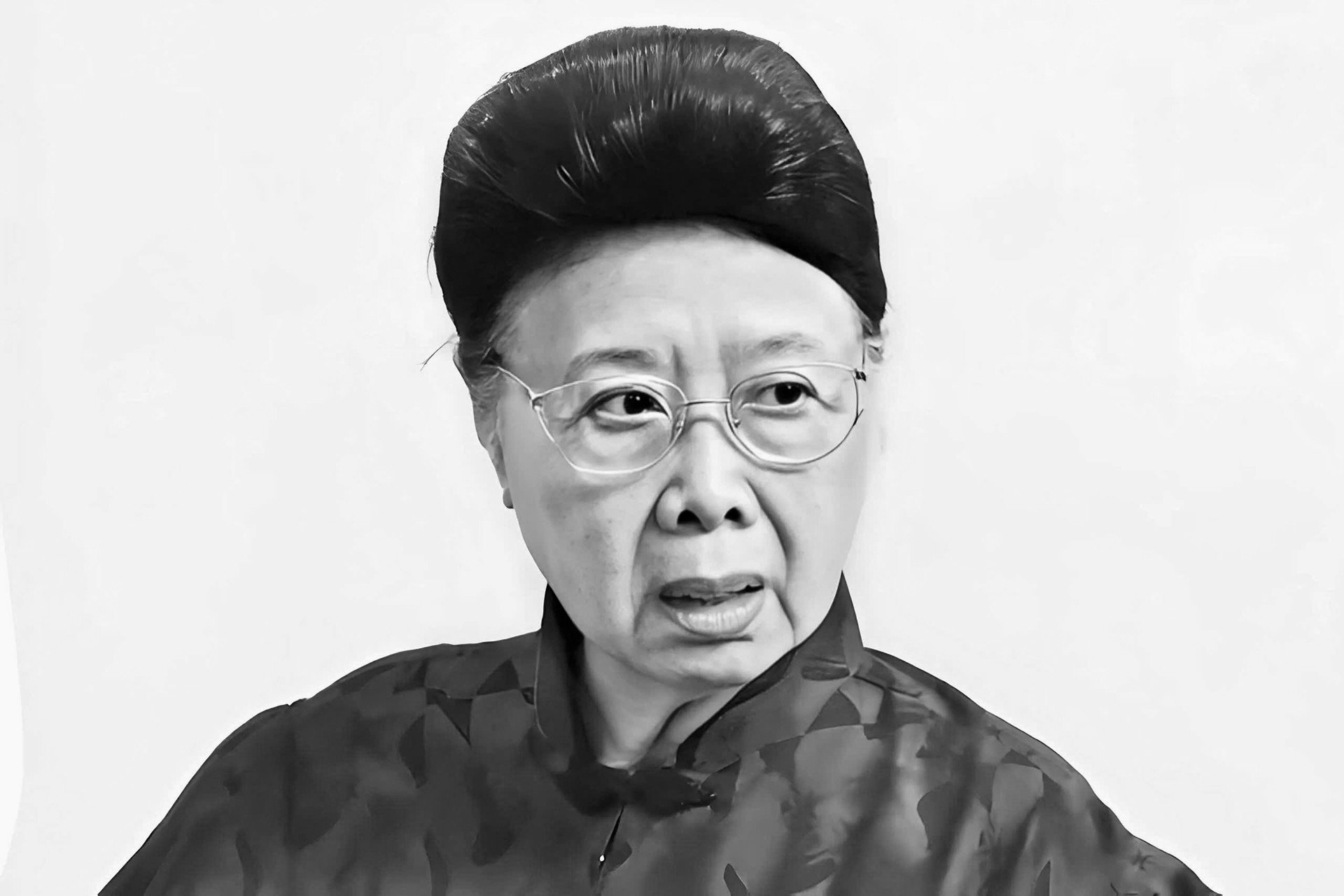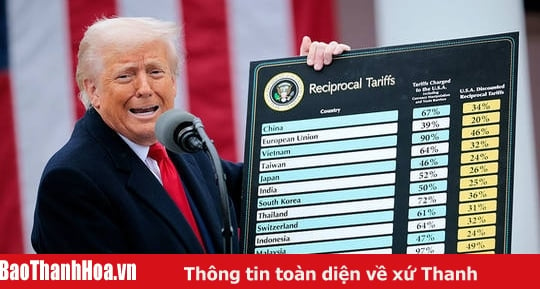Vietnam will have 30 key universities entering world rankings, including 5 national universities, 18-20 key industry schools and 5 regional universities, according to calculations by the Ministry of Education and Training.
The above information is mentioned in the draft planning of the network of higher education and pedagogical institutions for the 2021-2030 period, with a vision to 2050 (except for schools under the Ministry of Public Security, National Defense, and pedagogical colleges), chaired by the Ministry of Education and Training.
Accordingly, the Ministry expects that by 2030, the country will have about 250 higher education institutions and 50 branches. Of these, there will be 30 key training institutions (including 5 national universities, 5 regional universities, and 18-20 key industry schools).
Specifically, in addition to the two national universities in Ho Chi Minh City and Hanoi, Hanoi University of Science and Technology, Hue University, and Da Nang University are expected to become national universities by 2030. These training institutions will have higher autonomy than the remaining models, with a leading mission and core role in implementing national strategic tasks on developing talents, high-quality human resources, science, technology and innovation.
Therefore, these universities must have the capacity, prestige and quality to be the top in the country in science, engineering, technology and a number of other key fields and industries of the country. The goal is for national universities to be among the top in Asia, with at least 20 fields in the top 1,000 of prestigious international rankings.
Scale and key areas of 5 national universities (expected):
| National University | Student size | Key sectors and industries |
| Hanoi | 65,000-70,000 | Natural sciences, engineering and technology, education and pedagogy, social sciences and humanities |
| Ho Chi Minh City | 120,000-130,000 | Natural sciences, engineering and technology, social sciences and humanities |
| Danang | 60,000-65,000 | Natural sciences, engineering and technology, production and processing, pedagogy, finance |
| Hue | 60,000-65,000 | Natural sciences, social sciences and humanities, arts, education and training, medicine, agriculture and forestry, tourism |
| Hanoi University of Science and Technology | 45,000-50,000 | Natural sciences, engineering and technology, production and processing |
Regarding key universities in each sector, the Ministry said that each sector will have 1-2 schools, with a total of about 18-20. These schools will focus on improving quality, increasing the scale of postgraduate training associated with developing research and innovation. From there, at least 20 fields will be present in prestigious international rankings.
18 national key universities, as proposed by the Ministry of Education and Training:
| Key university | Branch |
| Hanoi Pedagogical University | Education and Pedagogy |
| Ho Chi Minh City Pedagogy | Education and Pedagogy |
| Hanoi Medical University | Medicine |
| Ho Chi Minh City University of Medicine and Pharmacy | Medicine |
| Hanoi Law | Law |
| Ho Chi Minh City Law | Law |
| National Economy | Economics and Finance |
| Ho Chi Minh City Economy | Economics and Finance |
| Vietnam Maritime | Transport, maritime economy |
| Transportation | Traffic - Transportation |
| Hanoi Construction | Construction and Architecture |
| Vietnam Academy of Agriculture | Agriculture |
| Academy of Journalism and Communication | Press and Media |
| Academy of Posts and Telecommunications | Information, Communication |
| National Academy of Public Administration | Administration |
| Academy of Finance | Finance |
| National Academy of Music | Art |
| Stage and Cinema | Art |
Four schools are planned to become regional universities , besides Thai Nguyen University, including: Vinh, Nha Trang, Tay Nguyen, and Can Tho Universities.
Regarding teacher training schools, the Ministry plans to reorganize them in a streamlined manner, based on capacity and reputation, and the ability to meet the requirements of developing teaching staff in localities, regions and the whole country. By 2030, the country will have about 50 higher education institutions training teachers at all levels. Of these, 11 schools will play a core role with about 50% of the total scale of teacher training nationwide.
These schools are: Hanoi Pedagogical University, Pedagogical University 2, Ho Chi Minh City Pedagogical University, University of Education (under Hue University, Thai Nguyen University, Da Nang University), University of Education (under Vietnam National University, Hanoi), Vinh University, Quy Nhon University, Tay Nguyen University, Can Tho University.
According to this draft, public universities that do not meet the Ministry's standards will be restructured, with investment focused on meeting standards within 3-5 years; merged into other schools; or suspended before 2028 and dissolved before 2030. The same will be done with university branches that do not meet standards.
In the coming period, the Ministry does not intend to establish new public universities, except in some special cases.

Area outside the gate of Hanoi University of Science and Technology. Photo: HUST
Vietnam planned its university network in 2013. Some of the goals by 2020 are to have 460 higher education institutions (224 universities, 236 colleges) with 2.2 million students. In addition, one training institution is in the world's top 200, about 3% of the total number of students are foreigners.
Currently, the country has about 650 higher education institutions (including 244 universities, the rest are colleges) with 2.1 million students. Of these, 4 schools are in the top 1000 of the two prestigious world university rankings, THE and QS, with the highest ranking being 514. The number of international students in Vietnam is about 45,000, equivalent to more than 2% of the total number of students.
The university network planning to 2030 and vision to 2050 is identified as the key task of the Ministry of Education and Training this school year. The goal is to consolidate and develop the Vietnamese higher education system in a synchronous, modern and coherent direction, creating an open, fair, high-quality system with a reasonable scale and structure. In the long term, this planning will help Vietnam be ranked among the countries with advanced higher education systems in the region.
Le Nguyen - Thanh Hang
Source link


































![[Photo] "Beauties" participate in the parade rehearsal at Bien Hoa airport](https://vstatic.vietnam.vn/vietnam/resource/IMAGE/2025/4/11/155502af3384431e918de0e2e585d13a)































































Comment (0)